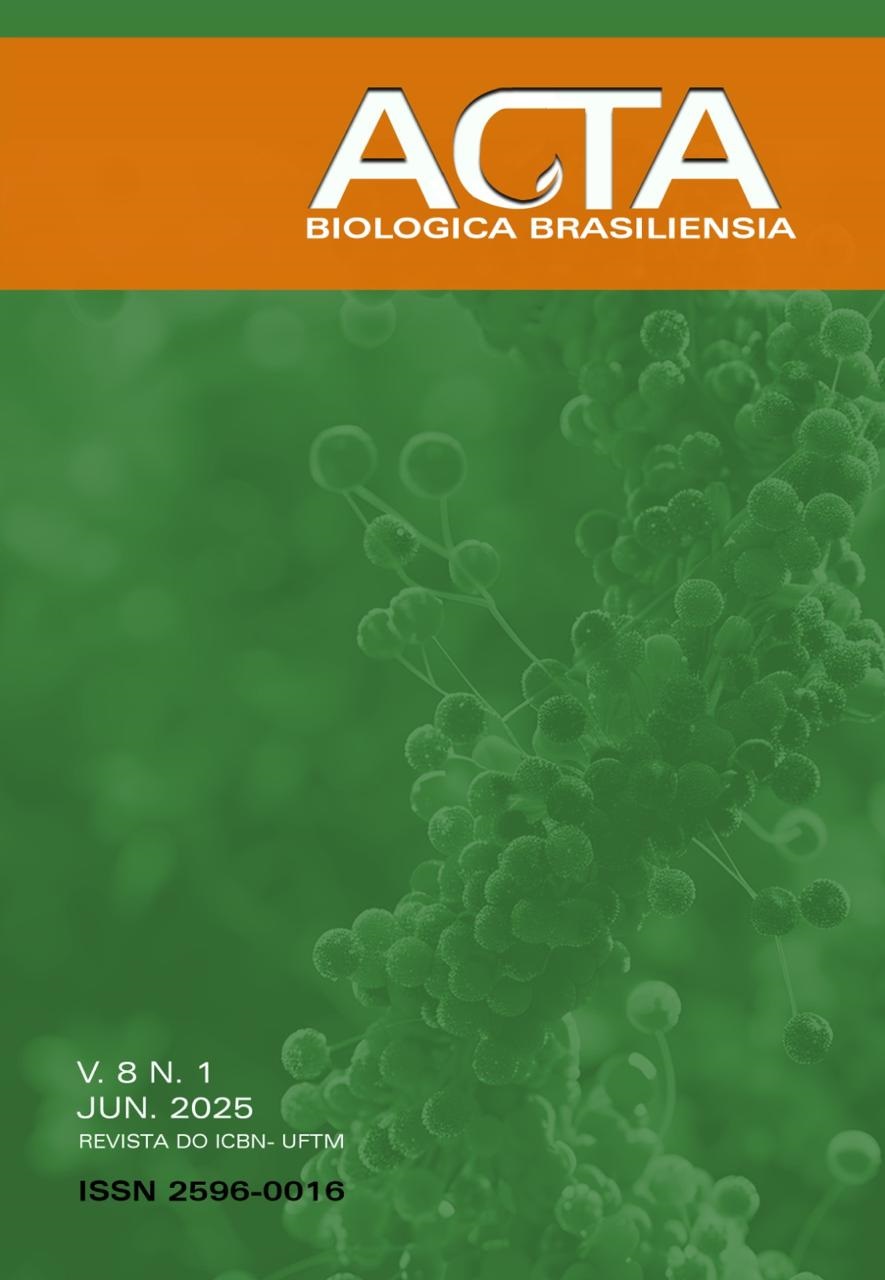FLORAL DAMAGE IN Psidium guajava L. (MYRTACEAE) CAUSED BY SOCIAL WASPS (VESPIDAE)
DOI:
https://doi.org/10.18554/516vr352Palavras-chave:
herbivory, guava, SynoecaResumo
Social wasps are frequent visitors to flowers in search of food resources and can thus play an important role in the ecosystem service of pollination in natural environments and crops. However, in some cases, they may become harmful by damaging the reproductive structures of plants. The aim of this study was to report floral damage in Psidium guajava L. caused by the social wasp Synoeca cyanea (Fabricius, 1775) in southeastern Brazil. Despite the evident damage to guava flowers, it is unclear whether this behavior will result in significant losses to guava production. Furthermore, it is likely that these losses are offset by the benefits provided by the presence of social wasps. Therefore, further studies are needed to better evaluate this interaction.
Referências
1. Brock RE, Cini A, Sumner S. Ecosystem services provided by aculeate wasps. Biological Reviews. 2021; 96(4): 1645-1675. https://doi.org/10.1111/brv.12719.
2. Hermes MG, Köhler A. The flower-visiting social wasps (Hymenoptera, Vespidae, Polistinae) in two areas of Rio Grande do Sul State, southern Brazil. Revista Brasileira de Entomologia. 2006; 50(2): 268-274. https://doi.org/10.1590/S0085-56262006000200008.
3. Mello MA, Santos GMM, Mechi MR, Hermes MG. High generalization in flower-visiting networks of social wasps. Acta Oecologica. 2011; 37(1): 37-42. https://doi.org/10.1016/j.actao.2010.11.004.







